- Size
- Smallest
- Small
- Small to Medium
- Medium
- Large
- Giant
- Characteristics
- Smartest
- Hypoallergenic
- Fluffy
- Best Guard
- Best Family
- Best for Kids
- Low Shedding
- Healthiest
- Police Dogs
- Most Calm
- Quietest
- Color
- White
- Black
- Grey
- Brown
- Blue
- Red
- Coat
- Hairless
- Short
- Long
- Origin
- Japan
- China
- Australia
- Germany
- Italy
- United States
- France
- Group
- Hound
- Terrier
- Herding
- Toy
- Working
- Sporting
Why Are Police Dogs Called K-9?
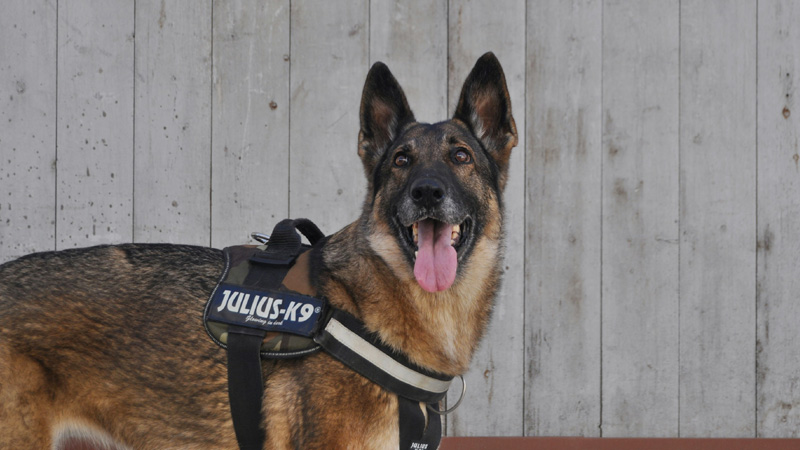
Photo by Marisa Teruel on Unsplash
The world of law enforcement is replete with specialized units and divisions, each serving a unique purpose to maintain public safety. Among these specialized units, the presence of highly trained and skilled canine partners, commonly known as "K-9 units," has become synonymous with effective policing. The term "K-9" might seem like a curious choice for these police dogs, and delving into its origins unveils a fascinating history.
Origins of the Term
The term "K-9" is a linguistic blend, combining the letter "K" with the number "9." This fusion results in a phonetic representation of the word "canine," which refers to dogs. The "K" in K-9 can stand for "kennel" or "canine," highlighting the fact that these dogs are specifically trained for law enforcement purposes.
Historical Roots of Police Dogs
The use of dogs in police work has a long and storied history that predates the coining of the term "K-9." The concept of utilizing dogs for law enforcement purposes can be traced back to ancient civilizations, where they were employed for tasks such as guarding, tracking, and protection.
In more recent history, the first organized use of police dogs can be attributed to the Ghent Police Department in Belgium in the early 20th century. In 1899, Belgian police officer and dog trainer, Jean-Marie Van Maerlant, recognized the potential of using dogs as a valuable asset in police work. He introduced the idea of training dogs to assist officers in various tasks, such as tracking criminals and locating missing persons.
The trend gained momentum, and other law enforcement agencies across the globe started adopting the use of police dogs. Germany, in particular, played a pivotal role in the development of police dog training methodologies. In the early 1900s, the German Shepherd breed gained popularity for its intelligence, agility, and versatility, making it a preferred choice for police work.
The Birth of "K-9"
As the use of police dogs became more widespread, a need arose for a standardized way to refer to these specialized canine units. The term "K-9" emerged to fulfill this need, providing a concise and recognizable label for law enforcement's canine partners.
The "K" in K-9 can be interpreted in different ways, adding a layer of versatility to the term. Some argue that it stands for "kennel," emphasizing the housing or training facilities for these working dogs. Others contend that it directly represents "canine," underscoring the primary nature of the animals involved.
The number "9" is a clever play on the word "canine." When spoken, "K-9" sounds similar to the word it represents, offering a catchy and memorable way to refer to police dogs. This phonetic play also helps distinguish these canine units from other specialized divisions within law enforcement.
Evolution of K-9 Units
Over the years, K-9 units have evolved to become integral components of law enforcement agencies worldwide. These highly trained dogs serve a multitude of functions, including tracking and apprehending suspects, detecting drugs and explosives, search and rescue operations, and even community engagement.
Different breeds are selected based on their specific strengths and abilities. German Shepherds, Belgian Malinois, Labrador Retrievers, and Dutch Shepherds are among the breeds commonly chosen for police work due to their intelligence, agility, and strong work ethic. Each dog undergoes rigorous training to develop specialized skills tailored to the tasks they will perform in the field.
The bond between a police officer and their K-9 partner is often exceptionally strong. Officers and their dogs work closely together, relying on trust and communication to effectively carry out their duties. The loyalty and dedication of these canine partners contribute significantly to the success of law enforcement operations.
Conclusion
The term "K-9" has become ingrained in our collective understanding of police dogs, symbolizing the invaluable contributions these four-legged officers make to law enforcement. Its origins can be traced back to a need for a standardized and memorable way to refer to these specialized canine units.
As we continue to witness the evolution of law enforcement practices, the role of K-9 units remains steadfast. The term "K-9" not only serves as a convenient shorthand but also reflects the rich history and ongoing commitment of these highly trained dogs and their human counterparts to maintaining public safety. Whether tracking down criminals, detecting illicit substances, or engaging with communities, K-9 units continue to be indispensable assets in the ever-evolving landscape of law enforcement.
You May Also Like
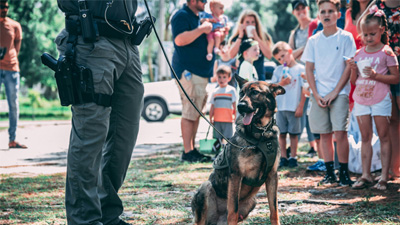 Dog BreedsDo Retired Police Dogs Make Good Pets?
Dog BreedsDo Retired Police Dogs Make Good Pets?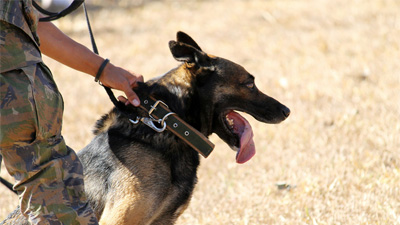 Dog BreedsHow Long Do Retired Police Dogs Live?
Dog BreedsHow Long Do Retired Police Dogs Live?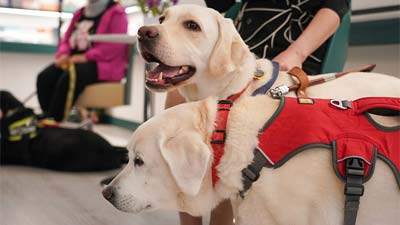 Dog BreedsBreed Guide: Choosing the Best Service Dog Breeds
Dog BreedsBreed Guide: Choosing the Best Service Dog Breeds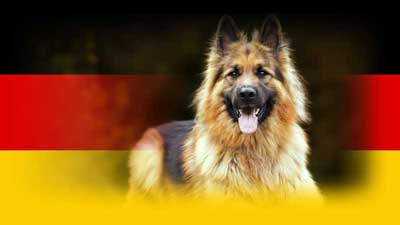 German Dog Breeds10 German Dog Breeds That Are Popular Throughout the World
German Dog Breeds10 German Dog Breeds That Are Popular Throughout the World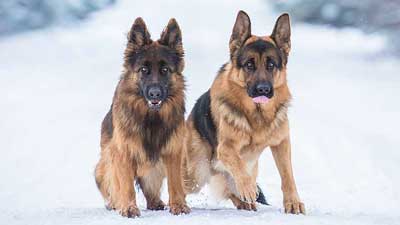 Breed Reviews5 Different Types of German Shepherds : Which One Is Best?
Breed Reviews5 Different Types of German Shepherds : Which One Is Best? Dog BehaviorHow Can Dogs Tell If Someone Is Good Or Bad
Dog BehaviorHow Can Dogs Tell If Someone Is Good Or Bad